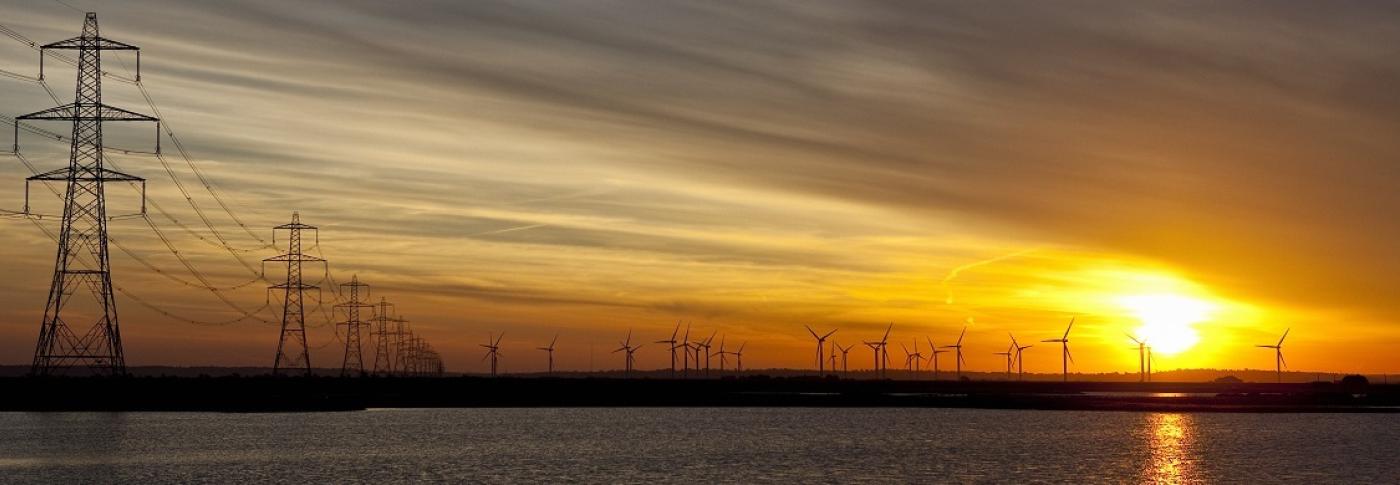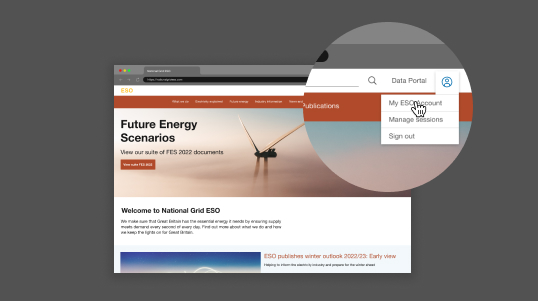
A smart energy system in action
9 Dec 2019 - 2 minute read
Over the weekend, consumers up and down the nation found themselves being paid to use electricity generated from renewable sources. Why?
As the electricity system operator for Great Britain (GB), we move electricity safely, reliably and efficiently through the system ensuring power is there when it’s needed. More and more renewable sources of power are coming online so it’s important we find ways of using as much of that power as possible, to ensure it’s not wasted and help keep costs down too.
The blustery conditions meant a consistently high level of wind power over the weekend, in fact 5pm on Sunday saw the record for the amount of electricity generated by wind power in Great Britain – 16162 MW. That meant a surplus of wind energy, which is where negative pricing comes in.
What is negative pricing and who runs it?
Some energy suppliers (companies who buy energy in the wholesale market and sell it on to customers) offer flexible time of use tariffs. Time of use tariffs are designed to incentivise customers to use more energy at off-peak times, in order to balance demand. These tariffs charge cheaper rates at certain times of night or day, when demand is at its lowest, and higher rates at popular times. On Saturday and Sunday night consumers on these flexible tariffs were offered energy prices that saw them paid for every unit of electricity they used.
Using this excess energy in homes and batteries across the country helps us in our role balancing the grid and avoids energy being wasted.
National Grid ESO’s Director of Operations Duncan Burt explains more:
“We’re really excited to see this weekend’s example of a smart electricity system in action.
The high levels of wind generation, something we will see more of as we move towards our 2025 ambition of being able to operate the British electricity system carbon free, requires increased flexibility to balance the grid.
Initiative’s such as this, encouraging increasing demand when there’s spare renewable output, help us make the most of the green energy and run the electricity system as efficiently as possible - keeping costs down for consumers too.
As more renewable sources of power come online we’re looking to encourage more intelligent energy use and technology. Whilst small in scale, initiatives such as this are really exciting offering consumers and business financial incentives, helping them to reduce their carbon footprint and playing in helping the UK to transition to a low carbon energy system.”
